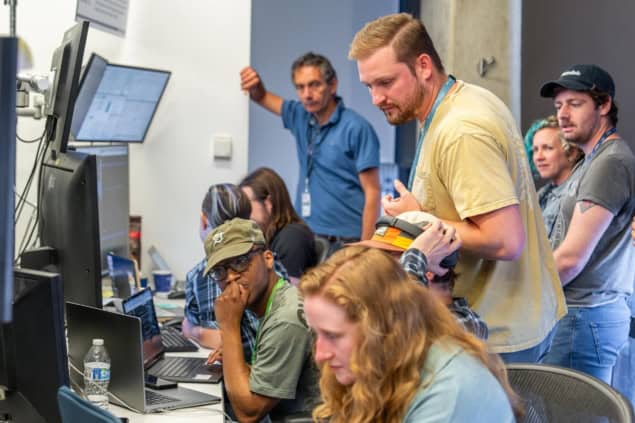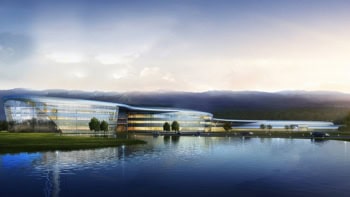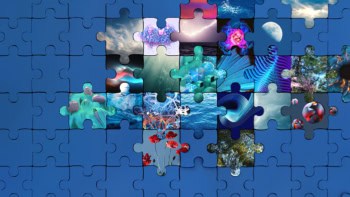
A prototype argon detector belonging to the Deep Underground Neutrino Experiment (DUNE) in the US has recorded its first accelerator-produced neutrinos. The detector, located at Fermilab near Chicago, was installed in February in the path of a neutrino beamline. After what Fermilab physicist Louise Suter calls a “truly momentous milestone”, the prototype device will now be used to study the interactions between antineutrinos and argon.
DUNE is part of the $1.5bn Long-Baseline Neutrino Facility (LBNF), which is designed to study the properties of neutrinos in unprecedented detail and examine the differences in behaviour between neutrinos and antineutrinos. Construction of LBNF/DUNE began in 2017 at the Sanford Underground Research Facility in South Dakota, which lies some 1300km to the west of Fermilab. When complete, DUNE will measure the neutrinos generated by Fermilab’s accelerator complex.
Earlier this year excavation work was complete on the two huge underground spaces that will be home to DUNE. Lying 1.6km below ground in a former gold mine, the spaces are some 150 m long and seven storeys tall and will house DUNE’s four neutrino detector tanks, each filled with 17 000 tonnes of liquid argon. DUNE will also feature a near-detector complex at Fermilab that will be used to analyze the intense neutrino beam from just 600 m away. Excavation of huge caverns complete for the US Deep Underground Neutrino Experiment
The “2×2 prototype” detector, so-called because it has four modules arranged in a square, record particle tracks with liquid argon time-projection chambers to reconstruct a 3D picture of the neutrino interaction.
“It is fantastic to see this validation of the hard work put into designing, building and installing the detector,” says Suter, who co-ordinated installation of the modules.
It is hoped that the DUNE detectors will become operational by the end of 2028.


